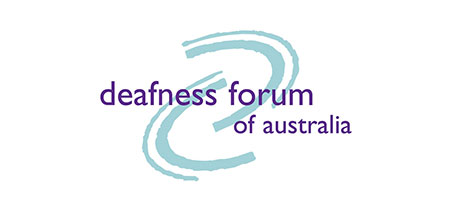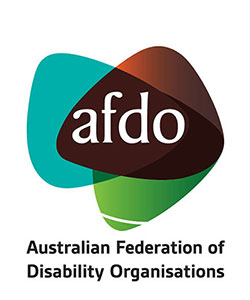The competitive market ensures that hearing aid technology is continually evolving with regards to speech in noise processing and connectivity to other devices such as TV, mobile phones et cetera.
Hearing aids provide the required level of frequency-specific amplification to compensate for the loss of volume resulting from a hearing loss. They will automatically adapt to suit different sounds and different listening environments.
Inner ear damage and neural changes with a significant sensorineural hearing loss will cause a loss of clarity, so that hearing of speech will be distorted. Hearing aids provide a clear undistorted sound to a patient’s ears, but the sound is distorted as it passes through the ears and neural pathways. This distortion reduces the ability to discriminate speech through competing noise. Contemporary hearing aids help highlight a dominant speech sound but cannot fully separate a voice the person wants to hear from a competing sound.
Additionally, effective localisation of sound is often impaired, so rapid communication in a large group where the person cannot source who is speaking is challenging, even with optimally fitted hearing aids.
As a result of reduced speech clarity, a hearing impaired person has to concentrate harder than someone with normal hearing to follow a conversation even while wearing their hearing aids. This is tiring, and concentration will be further affected by fatigue, stress et cetera. If the person speaking has rapid or unclear speech, additional difficulties will be experienced making sense of a conversation. If the hearing impaired person hasn’t noticed someone is speaking to them, they may miss the start of a conversation.
If distortion reaches a level where amplification provides very little speech discrimination ability, hearing aids are of little benefit and cochlear implantation may be appropriate. Neural adaptation to electrical stimulation follows very similar processes to amplification, although may take a little longer.
Overall, a GP plays an integral part of the team in managing hearing loss in both children and adults. From initially suspecting a diagnosis to referral and regular reviews of a hearing-impaired patient a GP and audiologist can significantly improve a patient’s quality of life.
The author of this article, Myriam Westcott is an audiologist and director of Dineen Westcott Moore Audiology in Heidelberg, Victoria.



